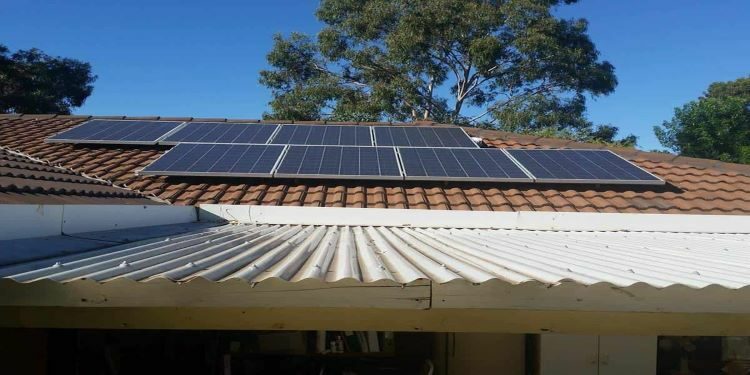In news : Recently the Ministry of New & Renewable Energy released an advisory on Grid-connected Rooftop Solar Scheme
About Grid-connected Rooftop Solar Scheme
- The Government of India has taken an ambitious target of 100,000 MW of solar power by 2022 out of which 40,000 MW is to be achieved through Rooftop Solar (RTS) power plants as per the clean climate commitments.
- To generate solar power by installing solar panels on the roof of the houses, Ministry of New and Renewable Energy is implementing this scheme
Objectives
- Promote the grid connected SPV rooftop and small SPV power generating plant s among the residential, community, institutional, industrial and commercial establishments
- Mitigate the dependence on fossil fuel-based electricity generation and encourage environment friendly Solar electricity generation
- Create enabling environment for investment in solar energy sector by private sector, state government and the individuals
- Create enabling environment for supply of solar power from rooftop and small plants to the grid
- Encourage innovation in addressing market needs and promoting sustainable business models and ensure employment opportunities
- Provide support to channel partners and potential beneficiaries, within the framework of boundary conditions and in a flexible demand driven mode
- Create a paradigm shift needed for commoditization of grid connected SPV rooftop applications
- Encourage replacement of diesel, wherever possible
Main PV Rooftop programme Actors
- State Nodal Agencies (SNAs)
- Distribution Company (DISCOM)
- Chief Electrical Inspector to Government
- Channel Partners
- Solar Energy Corporation of India (SECI)
- Financial Institutions/Banks
Net metering
The grid connected rooftop system can work on net metering basis wherein the beneficiary pays to the utility on net meter reading basis only. Alternatively two meters can also be installed to major the export and import of power separately. The mechanism based on gross metering at mutually agreed tariff can also be adopted. 14.
Feed-in-Tariff
In feed-in-tariff the Government offers a tariff for purchase of the solar power generated from such plants.
Assistance:
Under this programme, RTS capacity in the commercial and industrial sectors to be developed without any subsidy support. RTS plants on rooftops and vacant area of buildings in residential/ social/ institutional/ Government/ PSU sectors would be developed based on subsidy/ incentive as follows:
- For rooftops and vacant areas of buildings in residential/ social/ institutional sectors, capital subsidy at the rate of upto 30% of project cost or benchmark cost whichever is lower for General Category States and upto 70% of project cost or bench mark cost whichever is lower for Special Category States/Islands.
- For rooftops and vacant areas of buildings in Government/ PSU sectors, financial incentive at the following rates:

Implementation: The scheme is being implemented in the states by local Electricity Distribution Companies (DISCOMs).
What is a Solar Rooftop System?
In a solar rooftop system, the solar panels are installed in the roof of any residential, commercial, institutional and industrial buildings. This can be of two types: (i) Solar Rooftop System with storage facility using battery, and (ii) Grid Connected Solar Rooftop System.
- In grid connected rooftop or small SPV system, the DC power generated from SPV panel is converted to AC power using power conditioning unit and is fed to the grid either of 33 kV/11 kV three phase lines or of 440/220 Volt three/single phase line depending on the capacity of the system installed at institution/commercial establishment or residential complex and the regulatory framework specified for respective States.
- The concept of rooftop solar is based on the scale of the PV(photovoltaic) plant rather than the fact whether it is situated on a roof/terrace or not. Hence, the definition of RTS also includes small solar plants on the ground.
















